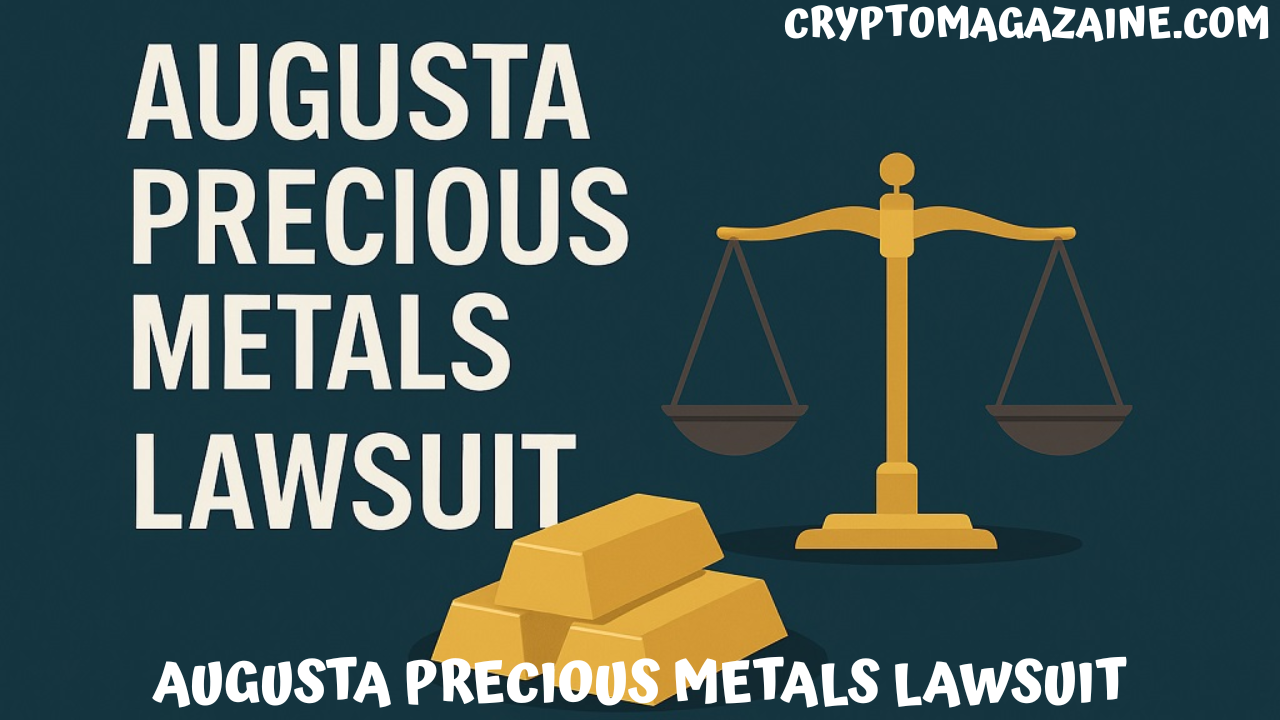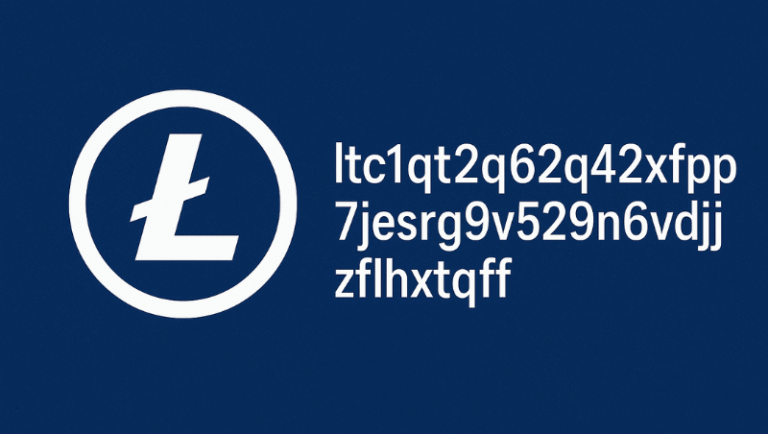The Augusta Precious Metals Lawsuit has drawn immense attention in the investment and financial world, especially among those who follow the gold and silver IRA industry. The company, known for its strong reputation, has been accused of misleading marketing practices and questionable promotional claims. While Augusta Precious Metals has long presented itself as an educational and trustworthy firm, the lawsuit raises important questions about transparency, compliance, and how companies handle investor expectations. The legal matter centers on whether Augusta fully disclosed all risks related to its investment services or unintentionally overstated potential benefits.
This case stands as a powerful example of how complex the investment landscape can be, even for companies with positive public reputations. It has stirred discussions about the responsibilities of investment companies, the expectations of investors, and the importance of regulatory oversight. Whether Augusta is found liable or not, the lawsuit offers a valuable opportunity to analyze the delicate balance between effective marketing and ethical business conduct in financial services.
Background of Augusta Precious Metals

Before diving deeper into the Augusta Precious Metals Lawsuit, it’s essential to understand the company’s history and market position. Founded in 2012, Augusta Precious Metals quickly gained credibility as a trusted name in the precious metals investment world. Its goal has been to help customers diversify their retirement savings by investing in gold and silver IRAs. Through an emphasis on education, Augusta set itself apart by offering free investment guides, personal consultations, and transparent information about metals as long-term assets. The company also built a strong reputation through endorsements and high customer satisfaction ratings.
However, the lawsuit has introduced a different narrative, raising doubts among some about whether the company’s marketing and communication methods always lived up to regulatory standards. The Augusta Precious Metals Lawsuit brought forward claims that some investors may have been misinformed about risks or the nature of the investments. These claims do not necessarily suggest intentional fraud but highlight the potential consequences of unclear or overly optimistic communication in a highly competitive financial market.
Core Allegations in the Augusta Precious Metals Lawsuit
The Augusta Precious Metals Lawsuit revolves around several key allegations that have shaped public discussion. According to reports, some customers claim that the company’s marketing materials were misleading, suggesting that gold and silver investments were guaranteed to rise in value or were entirely risk-free. Such statements, if made, would conflict with regulatory guidelines that require full disclosure of all investment risks. Plaintiffs also argued that the pricing structure and commissions were not clearly explained before transactions were completed. These allegations have put Augusta’s communication and marketing strategies under close legal examination.
At the same time, it’s important to note that lawsuits in the financial industry often arise from differing interpretations of disclosures rather than outright wrongdoing. Augusta Precious Metals, like many investment firms, must navigate a complex landscape of regulations and investor expectations. The lawsuit is therefore not just about alleged marketing missteps but also about how far companies can go in promoting their products while maintaining absolute compliance with truth-in-advertising laws.
Regulatory Context and Legal Environment
The Augusta Precious Metals Lawsuit exists within a broader framework of federal and state regulations that govern investment promotions and financial advertising. Agencies like the Federal Trade Commission (FTC) and the Securities and Exchange Commission (SEC) require companies to present information truthfully and avoid statements that could mislead potential investors. When dealing with retirement accounts or IRAs, these rules become even more strict because investors are often using their life savings. This makes transparency not just a moral responsibility but a legal requirement.
In this context, the Augusta Precious Metals Lawsuit represents a cautionary example for other firms in the sector. Even if a company’s intentions are educational and supportive, the way messages are phrased and risks are described can lead to legal complications. The precious metals market is volatile, and any claim suggesting stability or guaranteed returns can be problematic. Thus, the lawsuit has broader implications for compliance and ethical communication standards across the entire investment industry.
Company Defense and Official Position

In response to the Augusta Precious Metals Lawsuit, the company has firmly denied any claims of deception or unethical conduct. Augusta Precious Metals has repeatedly stated that it follows all laws and guidelines related to investment disclosures and advertising. According to its defense, all clients receive detailed explanations about the risks, costs, and volatility of precious metals before making any investment. The firm emphasizes its mission to educate investors rather than push sales, pointing to its numerous resources and reputation for customer satisfaction as evidence of its integrity.
The company’s representatives have also argued that many of the accusations arise from misunderstandings about how precious metals markets operate. Price fluctuations in gold and silver are normal, and no legitimate firm can promise consistent growth. Augusta maintains that it has never made false guarantees or exaggerated claims, and it views the lawsuit as an attempt to damage its reputation rather than a reflection of actual misconduct. Its legal team has committed to defending the company’s practices and ensuring that the truth is presented clearly in court proceedings.
Investor Reactions and Public Perception
The news of the Augusta Precious Metals Lawsuit sparked mixed reactions among investors. Some clients expressed concern, fearing that the allegations could be a sign of deeper issues. Others, however, stood by the company, pointing to their own positive experiences with Augusta’s services. Many investors claim they were always informed of risks, and that the company’s team provided professional guidance at every stage. This split reaction highlights how investor experiences can vary and how quickly public perception can shift in response to legal news.
From a broader market perspective, the lawsuit has temporarily affected how new investors view the firm. Some potential clients have taken a wait-and-see approach, preferring to monitor the case before committing to large investments. However, Augusta Precious Metals continues to retain many loyal customers, especially those who appreciate its educational model and personal consultation services. Whether this loyalty will remain strong after the lawsuit concludes depends largely on how the case unfolds and what outcomes emerge from the legal process.
Broader Impact on the Precious Metals Industry
Beyond Augusta itself, the Augusta Precious Metals Lawsuit has had ripple effects across the entire industry. Other precious metals companies are now taking a closer look at their own advertising materials, disclosure policies, and compliance procedures. Regulators are also paying more attention to marketing claims related to gold IRAs and silver investments. This case serves as a clear warning to all investment providers that transparency and accuracy in communication are non-negotiable elements of ethical business practice.
Additionally, the lawsuit has brought new awareness to consumers. Investors are becoming more cautious and more educated about asking questions before purchasing precious metals. They now understand the importance of reading all documents carefully and seeking multiple opinions before making large financial decisions. In this way, the Augusta Precious Metals Lawsuit may ultimately improve industry standards and encourage a culture of accountability and honesty.
Current Developments and Ongoing Proceedings

The Augusta Precious Metals Lawsuit is still an active matter, with legal proceedings continuing to gather evidence and testimony from both sides. The outcome remains uncertain, and possibilities include settlement, dismissal, or a full trial verdict. Augusta’s legal defense is focused on proving that it acted in good faith and that any alleged miscommunication was unintentional or taken out of context. Meanwhile, plaintiffs aim to demonstrate that certain representations crossed the line into misleading territory.
Observers believe that, regardless of the final judgment, the case will set an important precedent for how financial and investment companies must communicate with customers. It is likely to influence future advertising strategies across the entire precious metals sector. The lawsuit is therefore not only about Augusta but about shaping the future conduct of investment marketing and ensuring that investors receive clear and accurate information at all times.
Lessons Learned from the Augusta Precious Metals Lawsuit
The Augusta Precious Metals Lawsuit offers several key lessons for both companies and investors. For businesses, it underscores the importance of ensuring every statement made in marketing materials, consultations, and sales presentations is precise and compliant with regulations. Even well-intentioned language can lead to misunderstandings if not carefully reviewed by legal and compliance teams. The lawsuit also highlights the need for companies to maintain complete transparency about pricing, commissions, and risks in every transaction.
For investors, the main takeaway is the importance of due diligence. They must remember that every investment involves some risk, even those backed by tangible assets like gold and silver. Relying solely on promotional materials is never sufficient; independent research and professional financial advice are crucial. By understanding these lessons, both parties can contribute to a healthier and more transparent investment environment that benefits the entire marketplace.
Conclusion
In conclusion, the Augusta Precious Metals Lawsuit stands as a significant event in the world of investment and financial ethics. It highlights how even reputable companies can face challenges when transparency or compliance is called into question. The outcome will not only determine Augusta’s legal fate but also influence how the precious metals industry operates moving forward. Regardless of the verdict, the case serves as a strong reminder that honesty, clarity, and communication are the pillars of trust between companies and investors.
FAQs
Q1: What is the Augusta Precious Metals Lawsuit about?
It involves allegations that the company’s marketing practices may have misrepresented investment risks or returns.
Q2: Has Augusta admitted to any wrongdoing?
No, the company denies all claims and maintains that it operates with full transparency and compliance.
Q3: How does this affect current investors?
The lawsuit encourages greater awareness among investors to ask detailed questions and review all terms before investing.
Q4: Could the lawsuit impact the company’s reputation?
Yes, temporarily, but a favorable outcome could strengthen Augusta’s credibility in the long run.
Q5: What broader lesson does the Augusta Precious Metals Lawsuit offer?
It teaches that ethical communication, clear disclosures, and regulatory compliance are essential for long-term business trust and stability.
Read More: Understanding SOA OS23 Complete Overview Features Uses and Impact






